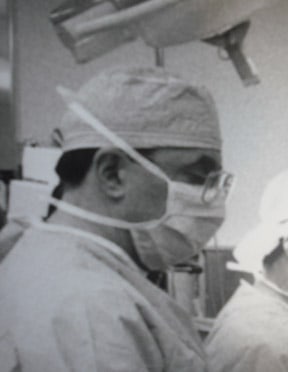The Leapfrog Group has announced its annual list of America’s top hospitals for quality and safety with 98 hospitals receiving the honor.
Unlike some other hospital rating schemes, Leapfrog’s does not factor in reputation. You won’t find any of the usual suspects on Leapfrog’s list. Instead, Leapfrog uses surveys and publicly available quality and safety data.
Leapfrog’s top 98 included 62 urban, 24 rural, and 12 children’s hospitals. Of the 86 urban and rural hospitals, only three were university hospitals—University of California Davis Medical Center, University of California Irvine Medical Center, and University of Tennessee Medical Center.
New York managed to place only one hospital on the Leapfrog list.
Other interesting anomalies are that for several states such as Connecticut, Indiana, and Maryland, among others, no hospitals made the list, and of the 21 California hospitals that did, 17 are Kaiser-affiliated.
“How can those seven hospitals be among Leapfrog’s top 98 in the country for patient quality and safety, yet be sanctioned by Medicare for safety problems?”
Here’s where it gets interesting. Seven of the urban and rural hospitals also appear on Medicare’s list of 758 hospitals slated to receive a 1% reduction in payments in 2016 because of “high rates of potentially avoidable infections and complications such as blood clots, bed sores and falls.” Five of the seven—Kaiser Foundation Hospital-Antioch and Kaiser Foundation Hospital-Oakland/Richmond in California, Pennsylvania’s Geisinger Medical Center, Parkland Health and Hospital System in Texas, and Sterling Regional Medcenter in Colorado—were also penalized by Medicare in 2015. The two other hospitals on both lists are Reading Hospital in Pennsylvania and Midwestern Regional Medical Center in Illinois.
How can those seven hospitals be among Leapfrog’s top 98 in the country for patient quality and safety, yet be sanctioned by Medicare for safety problems?
I asked Leah Binder, President and CEO of The Leapfrog Group, to comment. She said, “The HAC [Medicare] Reduction Program considers a composite of safety measures, weighted heavily toward infection measures, and looks at different time periods.” But she stated that the data hospitals report to Leapfrog are crosschecked “against publicly available sources such as CMS.”
Other concerns about the Leapfrog rating system are that surveys were submitted by only about 1700 of the more than 5000 hospitals in the United States. According to Ms. Binder about 20% of the data submitted by hospitals to Leapfrog are self-reported, which can be unreliable. That may help explain why some hospitals were both ranked highly by Leapfrog and disciplined by Medicare.
Oh, that one hospital in New York that made Leapfrog’s top hospitals list? It’s Harlem Hospital, an inner city institution with nearly all Medicaid and uninsured patients. In 2012, Consumer Reports ranked it one of the worst in the US for patient safety, readmissions, and infections. Is it really one of America’s top 98 hospitals?
When asked about whether she would choose Harlem Hospital for her own care, Ms. Binder said, “I would consider it depending on what services I needed, but I don’t live in New York so I’d probably go somewhere more local.”
Draw your own conclusions.
Skeptical Scalpel is a retired surgeon and was a surgical department chairman and residency program director for many years. He is board-certified in general surgery and critical care and has re-certified in both several times. He blogs at SkepticalScalpel.blogspot.com and tweets as @SkepticScalpel.



 SkepticalScalpel
SkepticalScalpel